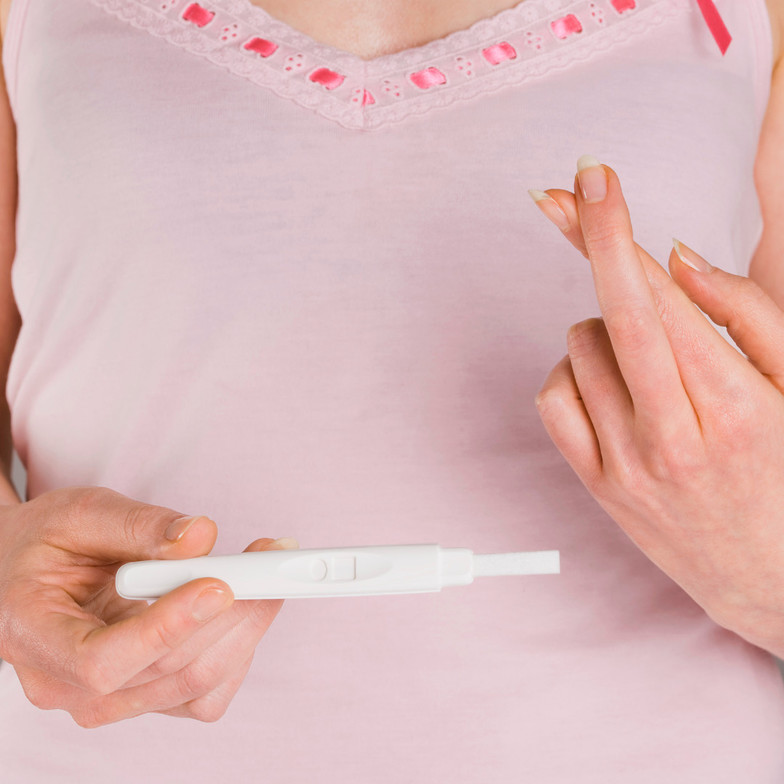
Tracking ovulation can be a bit like solving a puzzle, especially if you have irregular periods. Understanding when you ovulate is crucial for those trying to conceive or simply wanting to get a better grasp of their reproductive health. While irregular periods can complicate things, there are several methods and tools you can use to track ovulation more accurately. Here’s a practical guide to help you navigate ovulation tracking when your cycle isn’t clockwork.
Understanding Irregular Periods and Ovulation
Irregular periods are defined by cycles that vary significantly in length from month to month. This variability can make it challenging to pinpoint ovulation, which typically occurs about midway through a regular cycle. When your cycle is irregular, it’s harder to predict when ovulation will occur, but it’s not impossible.
My Journey with Irregular Cycles
I remember when I first started trying to track my ovulation. My cycles were all over the place, ranging from 25 to 35 days. I was frustrated because standard ovulation tracking methods didn’t seem to fit my unpredictable pattern. It took some experimentation and patience, but I eventually found a routine that worked for me, and it made a huge difference in understanding my body better.
Methods to Track Ovulation with Irregular Periods
1. Basal Body Temperature (BBT) Charting
Basal Body Temperature (BBT) charting involves taking your temperature every morning before you get out of bed. Your temperature will slightly increase after ovulation due to the hormone progesterone. By tracking these changes over time, you can identify a pattern.
My experience: I started using a BBT thermometer and charting my temperatures on a calendar app. It took a few months to see a clear pattern, but once I did, I could predict ovulation with much greater accuracy. Make sure to take your temperature at the same time every day for the best results.
2. Ovulation Predictor Kits (OPKs)
Ovulation Predictor Kits (OPKs) are similar to pregnancy tests but detect the surge in Luteinizing Hormone (LH) that occurs before ovulation. OPKs can be particularly helpful if your cycles are irregular because they provide a more immediate indication of your fertile window.
What worked for me: I used OPKs alongside BBT charting. When the OPK showed a positive result, it was a clear sign of an approaching ovulation. Combining these methods gave me a more accurate picture of my cycle.
3. Cervical Mucus Monitoring
Tracking changes in cervical mucus is another way to predict ovulation. Around ovulation, cervical mucus becomes clear, stretchy, and egg white-like, which helps sperm travel through the cervix. Observing these changes can give clues about your fertile window.
Personal tip: I found it helpful to check my cervical mucus daily and note the changes. Although it took a bit of practice to recognize the different types of mucus, it eventually became a reliable indicator of my fertility.
4. Cycle Tracking Apps
There are various apps designed to track your menstrual cycle and predict ovulation. These apps can help you monitor your symptoms, BBT, and cervical mucus, and they adjust predictions based on the data you input.
My go-to app: I used a cycle tracking app that allowed me to enter data from my BBT chart, OPK results, and cervical mucus observations. The app helped me see patterns and predict my ovulation with more confidence. It was a great tool for managing my irregular cycles.
5. Consulting a Healthcare Professional
If you’re having trouble tracking ovulation or suspect there might be underlying issues affecting your cycle, it’s a good idea to consult a healthcare professional. They can offer personalized advice and might suggest additional tests or treatments if necessary.
What helped me: After several months of tracking on my own, I visited my gynecologist. They helped me interpret my charts and suggested a few additional strategies to improve accuracy. Having a professional’s insight was invaluable in my journey.
Tips for Success
- Be Patient: It takes time to find a method that works for you, especially with irregular cycles. Be patient with yourself and give each method a fair try.
- Stay Consistent: Whether you’re charting BBT or monitoring cervical mucus, consistency is key. Regularly recording your data will help you identify patterns more accurately.
- Combine Methods: Using more than one method can provide a more comprehensive view of your ovulation patterns. For example, combining BBT charting with OPKs can give you better insights into your cycle.
Tracking ovulation with irregular periods can be challenging, but with the right tools and methods, it’s entirely manageable. By using methods like BBT charting, OPKs, cervical mucus monitoring, and cycle tracking apps, you can gain a better understanding of your fertile window. Remember, it’s a journey, and finding what works best for you might take some time and experimentation. Don’t hesitate to seek professional advice if you need additional support or have concerns about your cycle. With patience and persistence, you can successfully navigate the complexities of ovulation tracking and gain valuable insights into your reproductive health.
Dr. Natasha MacLeay
Contact Me


